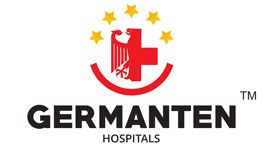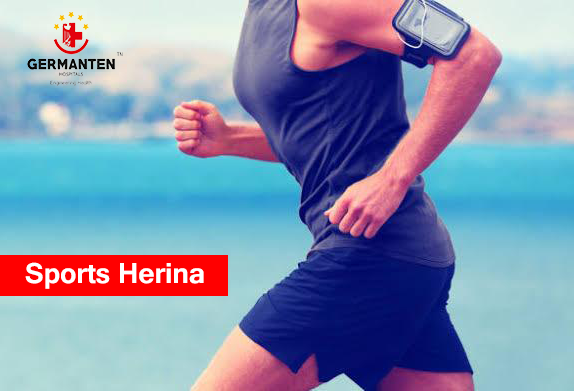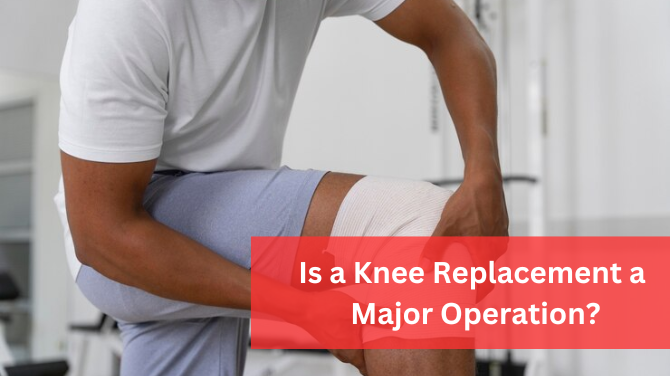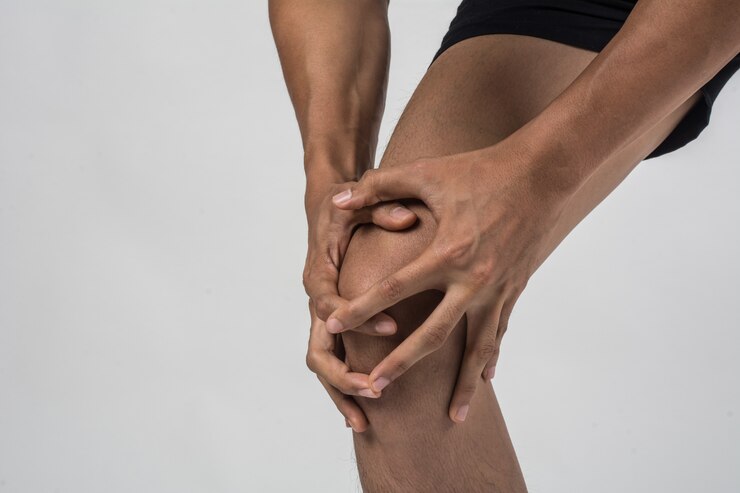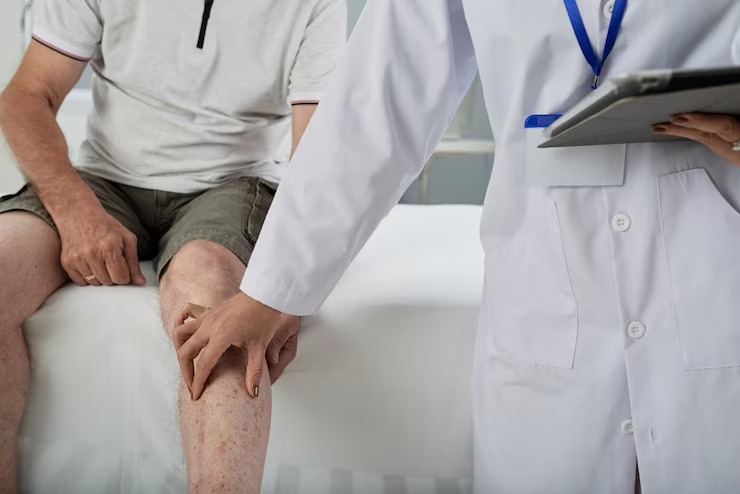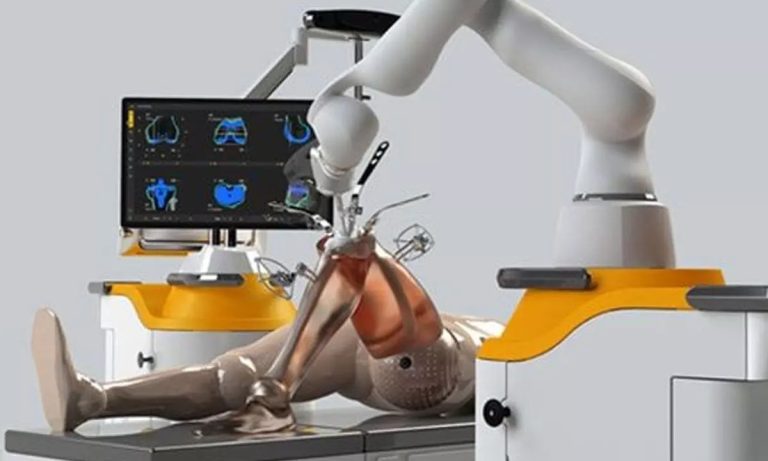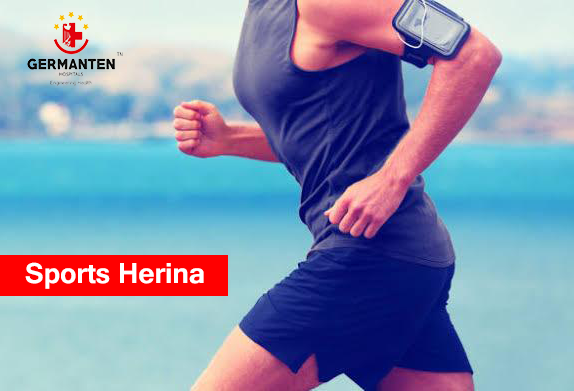
Edited Version | 1 jan 2020 | Hyderabad
Dr Mir Jawad Zar Khan Sir Educates us that “ Sports hernia or Athletic Pubalgia is an injury to the groin or lower abdominal region which does not recover even with many months of rest, medication and physiotherapy”.
It affects mostly the elite athlete but an increasing number of “weekend warriors” are struck down with this frustrating injury
“ The most obvious symptom is pain in the groin area especially during athletic activity “ said by Dr Mir Jawad Zar Khan Sir , while treating many athletes with Spirt Harnia.
A diagnosis is made after a thorough history and assessment, as well as investigations like X-ray (if Required MRI ) are done to rule out other conditions. “ Keyhole surgery (Laproscopy) can be done to repair the injury with an expected return to sport in a very shorter time ,told by Dr Mir Jawad Zar Khan Sir at Germanten Hospital Hyderabad .
What is a hernia?
A hernia is a medical term to describe the bulging or protrusion of an organ or tissue through the wall containing that organ or soft tissue. Herniation are common in the lower abdominal region where the abdominal contents protrudes through the abdominal muscles or tendons. Sports hernia may be a misnomer because a bulge or protrusion may not necessary be present. Hence the term “Athletic Publagia”, which means pain in the groin, is preferred among medical professionals. To keep it simple, we will refer to this condition as sports hernia.
So what is a Sports Hernia?
Sports hernia is caused by a weakness of the lower abdominal muscles or tendons, sometimes causing the abdominal content to bulge out though the point of weakness. This weakness may arise from a tear or an overstretched muscle in the groin region. The athlete may remember an incident of a pulled groin muscle that doesn’t go away completely even with the usual sports injury protocol of rest, ice and compress. In fact, this is a chronic condition that spans several months with limited relief from the usual anti-inflammatory pills and physiotherapy.
Is it only limited to sports people?
Sports hernia is a common injury in high level athletic activities that requires kicking, lots of twisting and turning and rapid changes in direction, such as soccer, rugby and basketball. However, you do not need to be involved in professional sports. In fact, anyone can develop a sports hernia including people doing twisting and turning in a gym workout, as well as the “weekend warrior”.
What are the symptoms?
The usual complaint is of pain that increases with athletic activities or sudden change in movements, or even sneezing or coughing. Sometimes the pain may radiate to the anal region and the inner thigh. Sports hernia share similar symptoms with other conditions like ostetis pubis, inguinal hernia or even cancer. As such, a proper assessment has to be performed to eliminate other conditions that mimic symptoms of sports hernia.
Diagnosis
Ultrasound and MRI scans are the preferred dianostic imaging tools as they are non-invasive and relatively safe. However, there are many cases where nothing significant is found from these images. The patient has to undergo surgery look for the source of the problem.
Surgical intervention in sports hernia has been found to have a very high success rate at Germanten Hospital Hyderabad in terms of return to activity. With the recent advances in surgery, minimally invasive or keyhole surgeries can be performed to visualise the muscle damage and repair the weakness by stitching a mesh-like material to reinforce strength. “ Patients can expect to walk on the same day with return to sport within a month , said by Sr Orthopedic Surgeon Dr Mir Jawad Zar Khan Sir.
Exercise for Prevention
As the injury often happens in the groin and lower abdominal region where the core muscles are located, strengthening of the core muscles is essential in elite athletes or the serious amateur to prevent such an injury.
